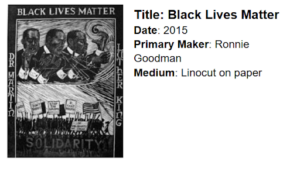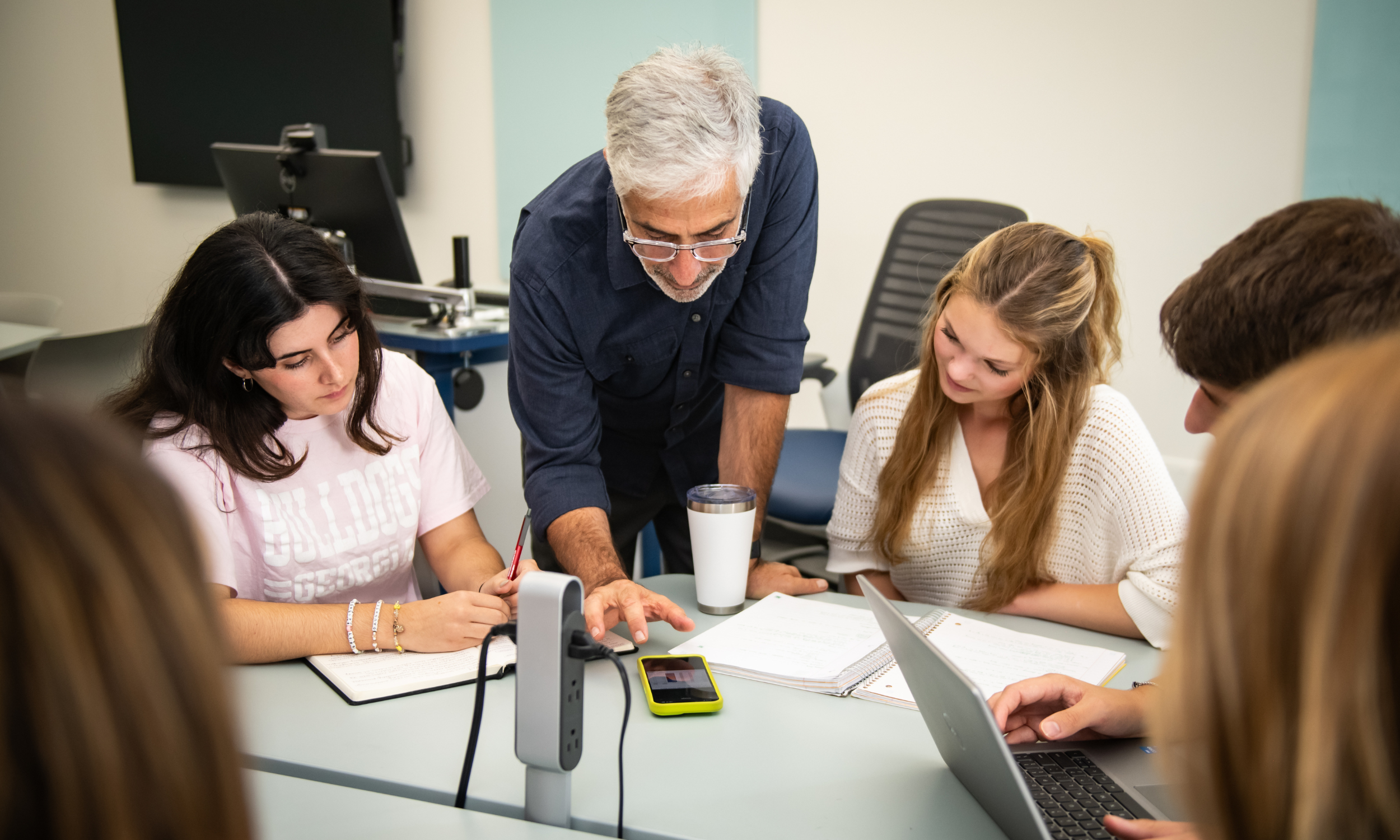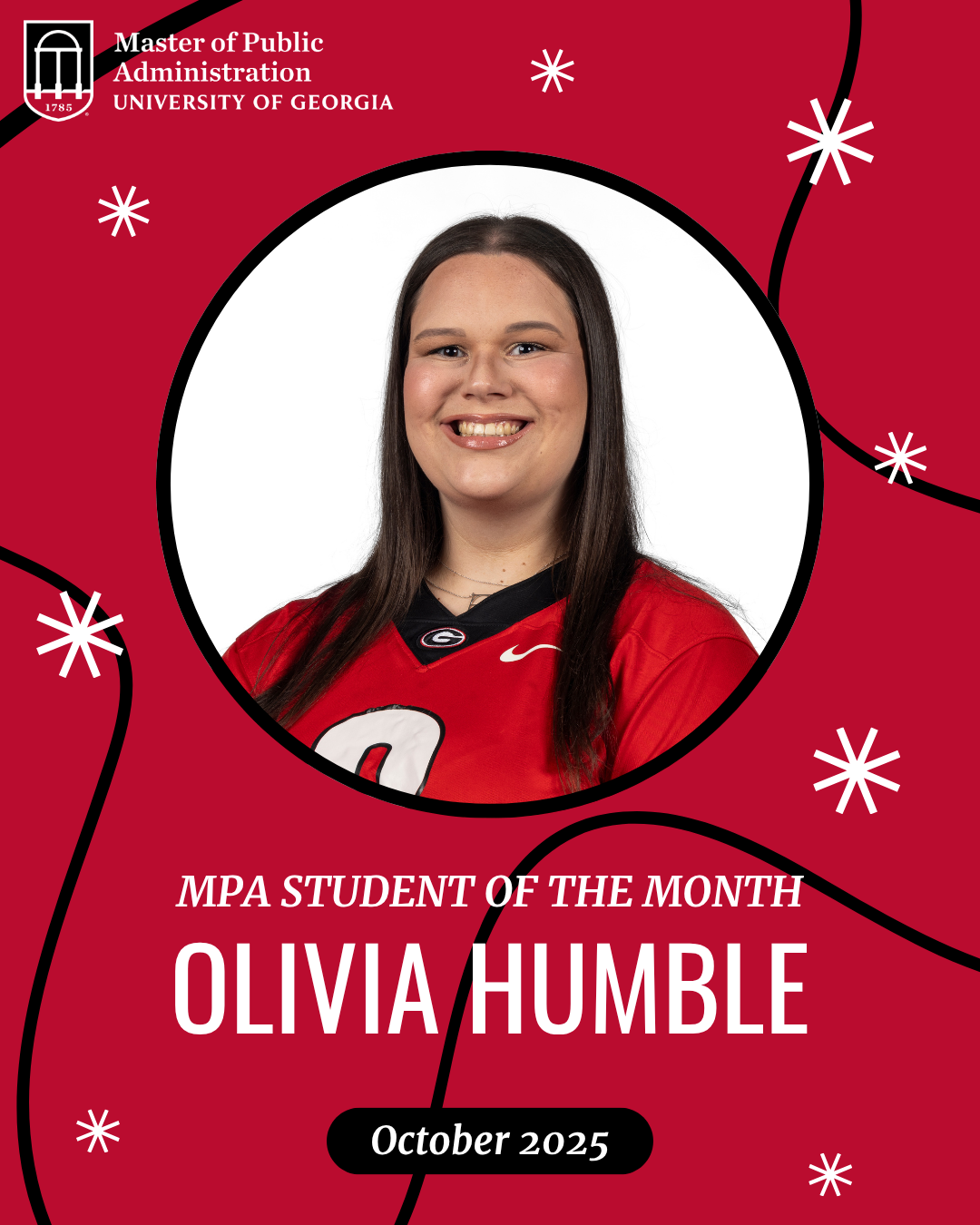
by Katie Morgan
Think back to your first semester as an undergraduate; how engaging were your introduction classes? Most of us just muscle through our 1000-level courses, anticipating the excitement of major-specific courses. Dr. Katelyn Stauffer, assistant professor of political science, challenges that norm in her Introduction to American Government course. “I hope that the importance of politics will really stick with the students and they’ll have a greater appreciation for all the ways that politics shapes all of our lives,” she said.
Dr. Stauffer earned her undergraduate degree in Political Science and History from Gettysburg College in 2013. She recalls the monotony of her lecture-heavy courses; her friends in the biology department, however, had more opportunities to be creative, specifically on a project entitled “Biology as Art.” This memory, coupled with the New Faculty Tour, which spawned a professional collaboration with the director of the Georgia Museum of Art, David Odo, led to the genesis of Dr. Stauffer’s project, “Politics as Art.”
Driven by the aspiration “that students will come away with a better understanding of the multiple ways that political ideas can be communicated,” Dr. Stauffer tasked her small but mighty class to think about politics differently this semester. “Politics as Art” requires students to select pairs of artwork from the Georgia Museum of Art and critically analyze their political bearing. Together, Dr. Stauffer and her class (about 25 students) came up with the theme of the project: Light and Darkness; or, Positive and Negative. Working in groups, students endeavored into the Georgia Museum of Art’s online catalog and selected pieces that embodied the dichotomy of light and darkness in politics.
Chelsea Yates and Hannah Jones, both freshmen in Dr. Stauffer’s class, rave about the project. Yates, who is working towards a political science major and an international affairs minor, and Jones, a political science and international affairs double major, are in the same group for the class; the pair is also in the same sorority, yet it was Dr. Stauffer’s Introduction to American Government class that fostered the growth of their friendship. Jones, specifically, credits the “Politics as Art” project as a catalyst for much of her peer network allowing her to connect with her classmates and appreciate new perspectives.
network allowing her to connect with her classmates and appreciate new perspectives.
Borne out of Jones’ and Yates’ group is the dichotomy of Ronnie Goodman’s “Black Lives Matter,” a linocut on paper, and Kevin E. Cole’s “Living Off the Wall for Forsyth County,” composed of acrylic on wood. This pairing reflects the group’s chosen theme of resilience and activism in the face of adversity. Goodman’s piece, which draws from his own experience as a Black man in America, represents the positive side of resilience, showcasing a persevering fight against systemic racial inequality.
 Conversely, Cole’s “Living Off the Wall of Forsyth County,” a response to the 1987 race riots in Forsyth County, Georgia, portrays the negative side of the group’s theme: adversity. Cole’s piece demonstrates profound pushback by Black Americans in the face of adversity perpetrated by the Ku Klux Klan in 1980s Georgia.
Conversely, Cole’s “Living Off the Wall of Forsyth County,” a response to the 1987 race riots in Forsyth County, Georgia, portrays the negative side of the group’s theme: adversity. Cole’s piece demonstrates profound pushback by Black Americans in the face of adversity perpetrated by the Ku Klux Klan in 1980s Georgia.
Jones and Yates both remarked that they were initially skeptical of this assignment, wondering how much politics and art could really overlap. Now, being further into the semester, Jones says that the class has “deepened [her] understanding of elections and their significance to our country” more so than any other class. Yates says that she “look[s] forward to [her] political science class because of the Politics through Art project,” and finds that the project has not only helped her to find her own voice, but “it creates a space for others to be heard, blending our stories into one powerful narrative, Light and Darkness.”
Overall, by merging political analysis with artistic expression, Dr. Stauffer’s “Politics as Art” project sublimates a basic introduction course into something much more meaningful. Her innovative approach not only engages students but also fosters critical thinking about the political landscape. Through their exploration of themes like resilience and adversity, students like Chelsea Yates and Hannah Jones have gained a deeper appreciation for how politics intersects with art. Ultimately, this initiative enriches their academic experience and cultivates a stronger sense of community, empowering students to recognize the profound impact of politics in their lives.
–
The political exhibition: “What are you voting for?” will be presented as a pop-up exhibition at the Georgia Museum of Art November 5-7 in the Shannon and Peter Candler Collection Study Room during regular hours. For more information, visit: https://georgiamuseum.org/gmoa_blog/exhibition-politics-what-are-you-voting-for/







